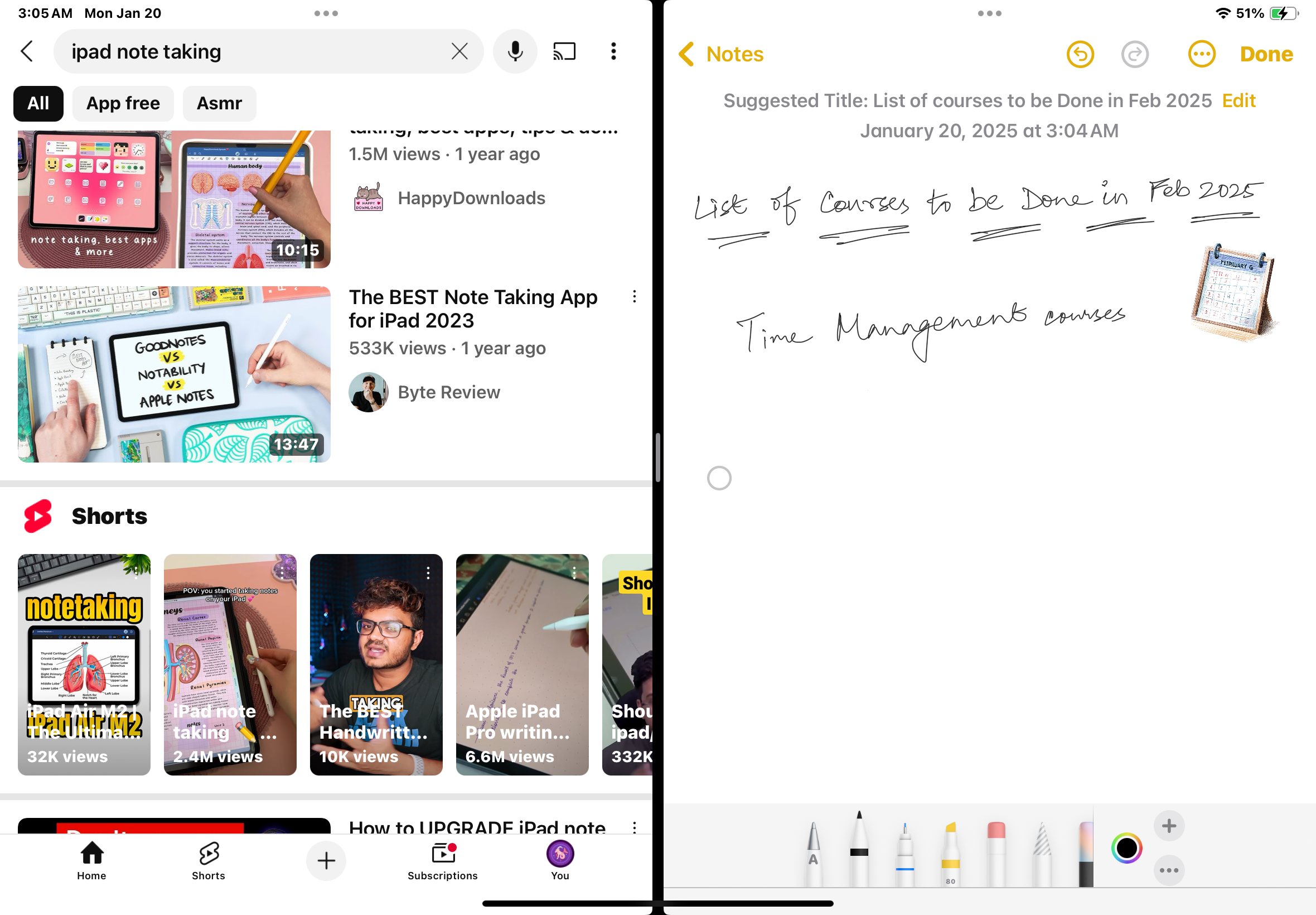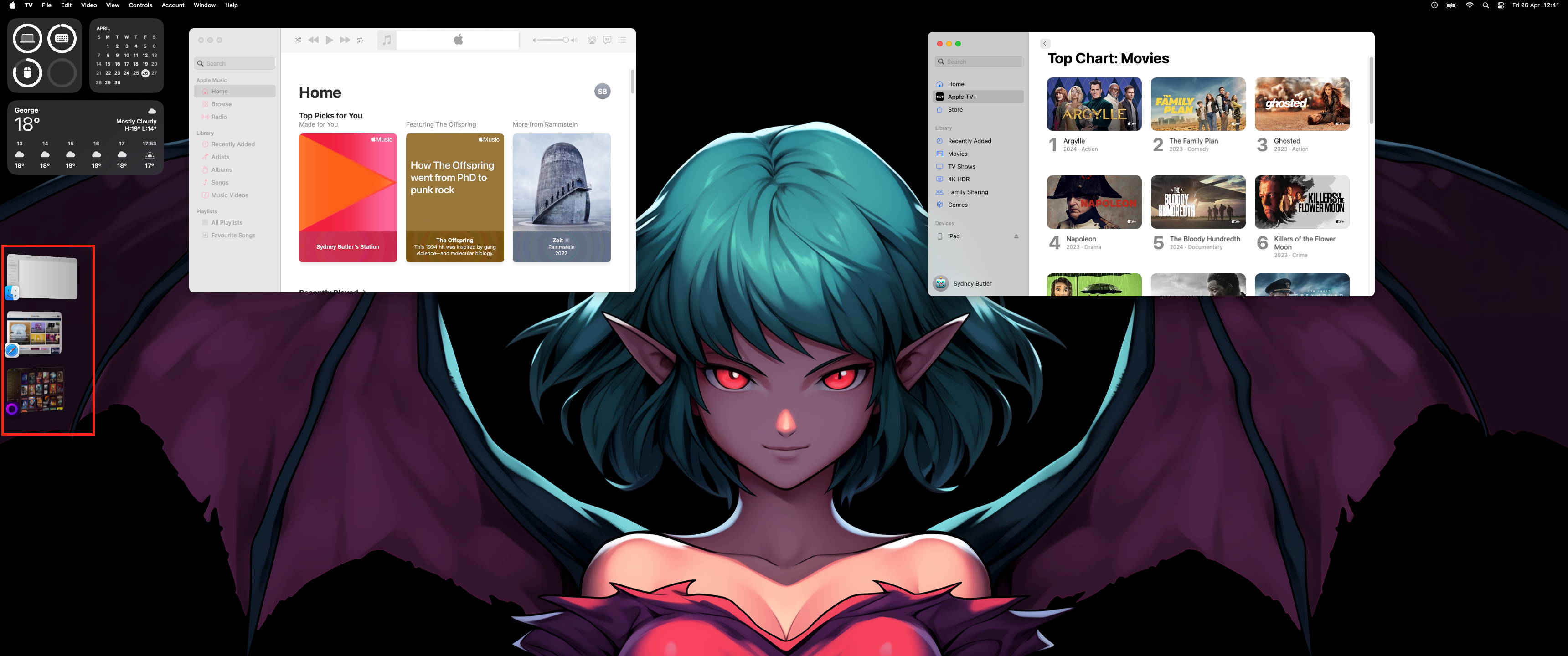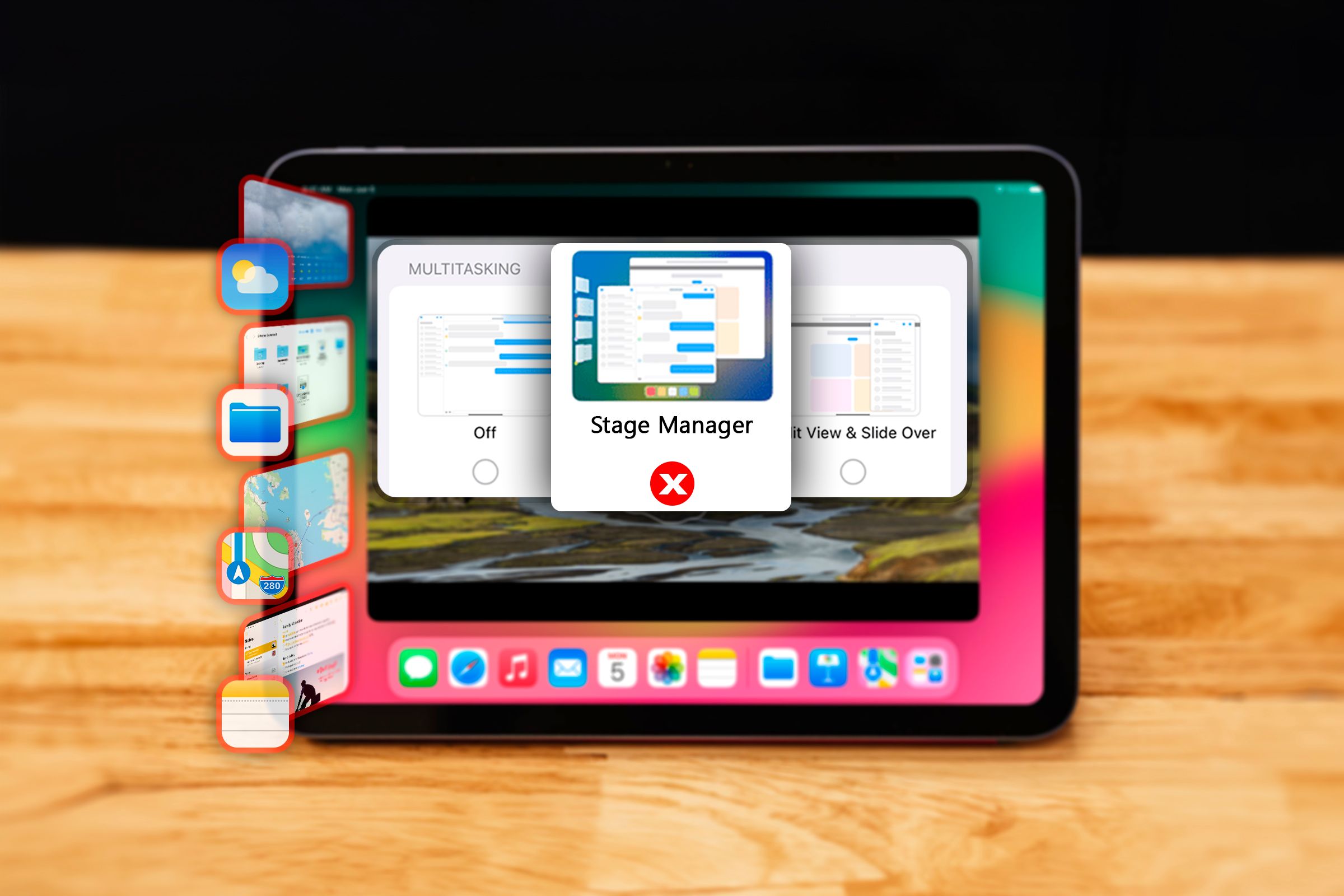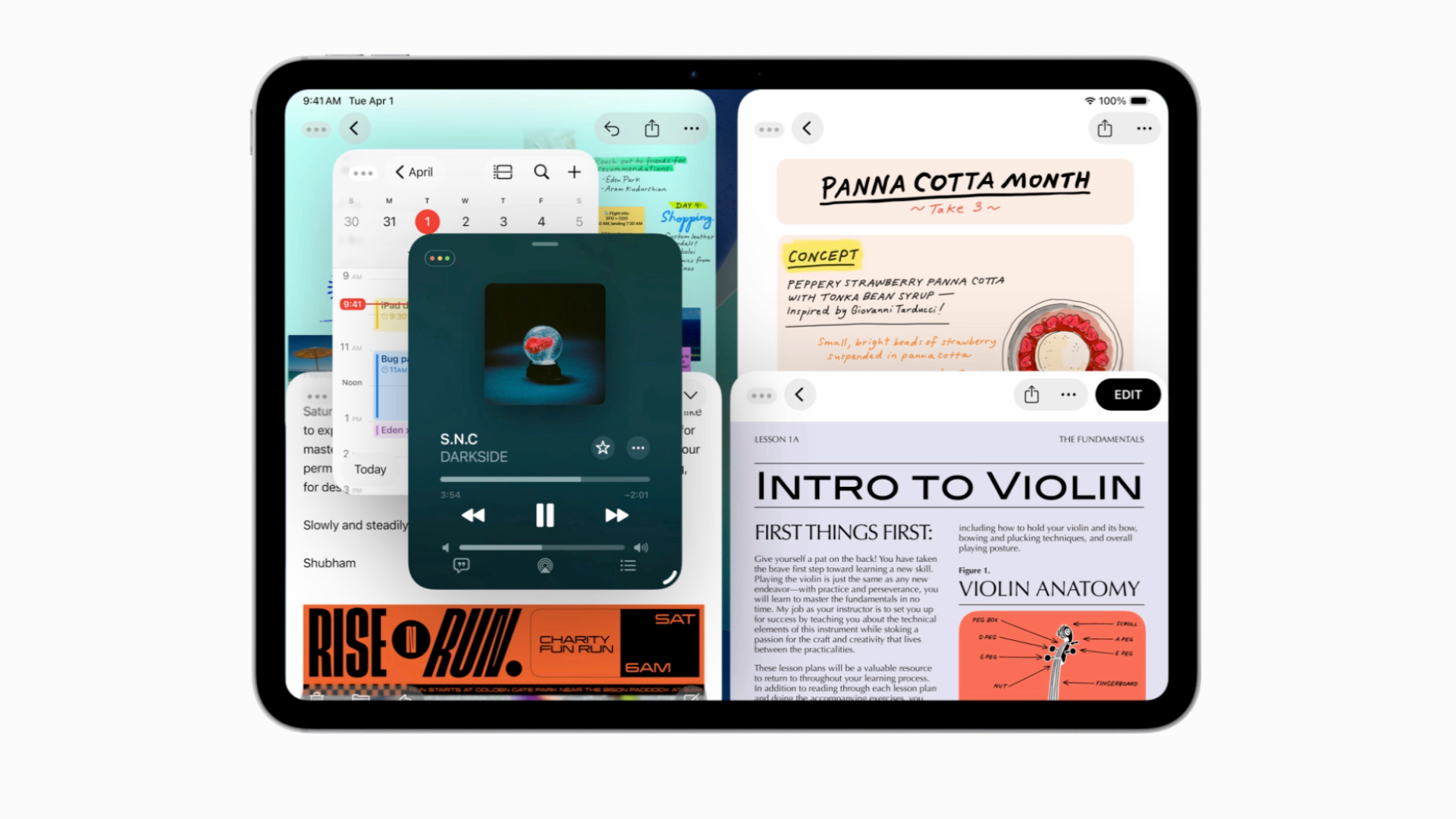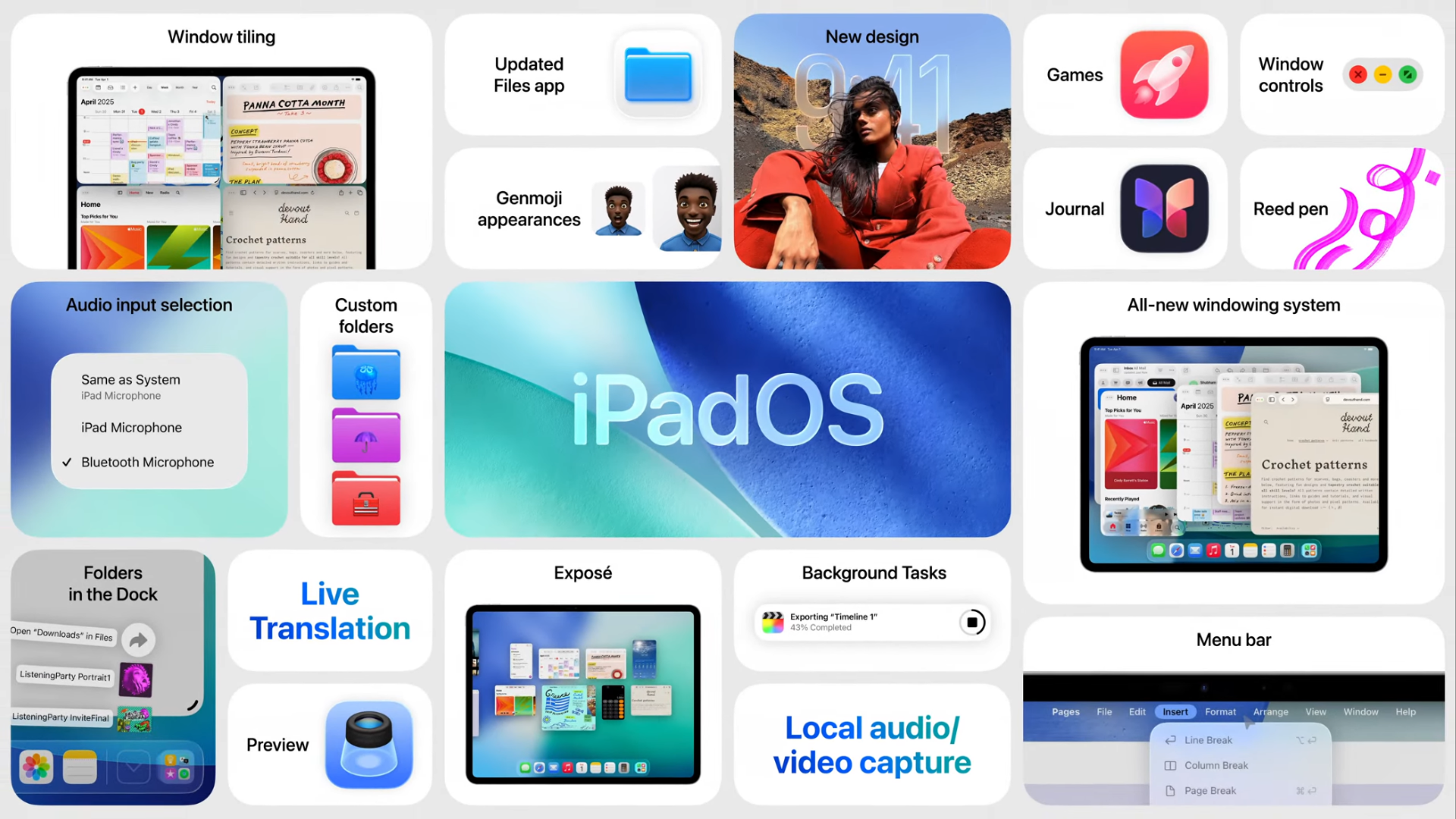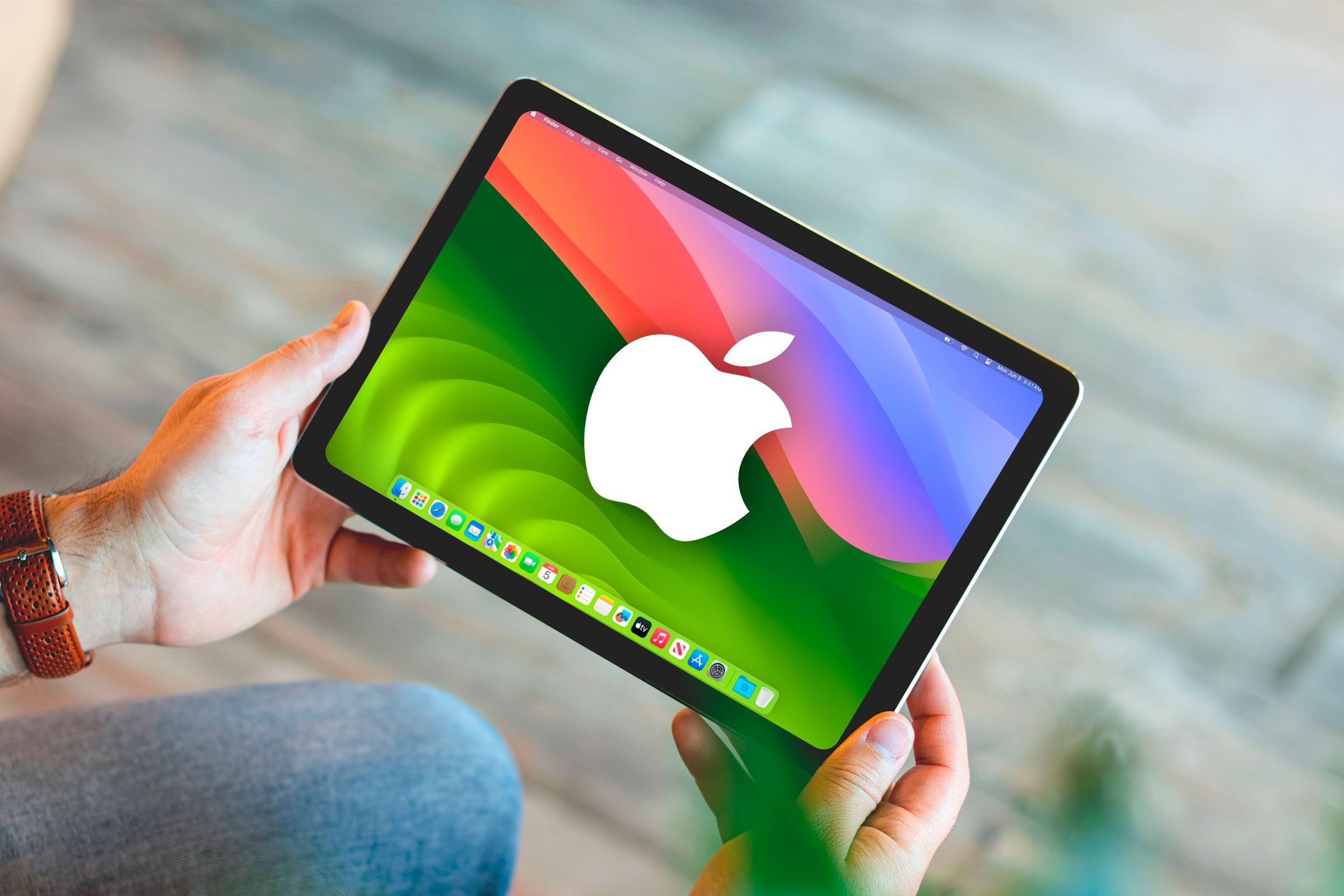With iPadOS 26, showcased at Apple June 2025 WWDC conference, the popular tablet family is getting one of its biggest overhauls ever. As my most-used computer, I’ve always strained against the artificial limits placed on Apple’s slick and powerful device, but it seems the chains might be coming off.
While we’re still a few months out from iPadOS 26 going mainstream, I think Apple is threading the needle admirably between giving our iPads more capability without cannabilizing its Macs.
Apple Has Been Evolving the iPad for Years
My first iPad was a second generation machine, and it was basically just a big iPhone—with enormous bezels. So, I used it essentially like a smartphone, and would never have considered doing anything serious on it. You used one app at a time, and mainly consumed content on it.
Then, alongside the release of the first iPad Air, we got a multitasking, split-screen function that changed everything. I found that my laptop always stayed in my office, and it was my iPad that went with me to meetings or business trips. Combined with a keyboard, as long as I could have a word processor and browser running side-by-side, I could do just about anything I needed to for work. It took a long time, but the iPad had become an independent computer—albeit a limited one.
Slowly Apple has improved on these features, and now, for example, I can connect an external monitor as an extended display, connect a mouse and keyboard, and pretty much have a basic desktop computer. Still far more limited than macOS, but as long as my needs are met by the available apps, the usability is very similar.
Stage Manager Is a Rare Apple Flop
Unfortunately, part of that slow evolution has included Stage Manager for iPad and Mac, which some people like, but I personally can’t stand. As far as I can tell, few people actually use it, because it’s not more efficient than regular features such as splitting the screen or the slide-over function, but wastes more screen real estate.
I do know some people personally who like it, of course, but then I also know people who like marmalade—there’s no accounting for taste.
Ironically, the iPad Has Always Needed Windows
But with larger 13-inch iPads with high-resolution screens and beefy specs, it’s clear we need some sort of more traditional desktop experience for some tasks. Especially when you whip out the keyboard and mouse, but it has to be touch-friendly. That’s a tall order by anyone’s standards, but based on what we’ve seen of the iPadOS 26 windows manager, it’s dangerously close to being effectively a macOS desktop.
Proper File Management Transforms Productivity
When the Files app first came to iPhone and iPad it was a time to rejoice. Until then, getting to or managing files on these devices was an obscure black box, weirdly segregated between apps and very confusing.
The Files app wasn’t very sophisticated, especially when it came to moving or copying files, and the actual file structure doesn’t always make sense, but now I could plug a flash drive into my iPad and simply copy content to and from it. Imagine that!
It looks like Files is being beefed up and reworked even more, and that’s going to go a long way in bridging the gap between my Mac and my iPad. It’s such a fundamental feature for a computer—something Android’s had forever—and it’s a sign that Apple is giving its users a little more credit.
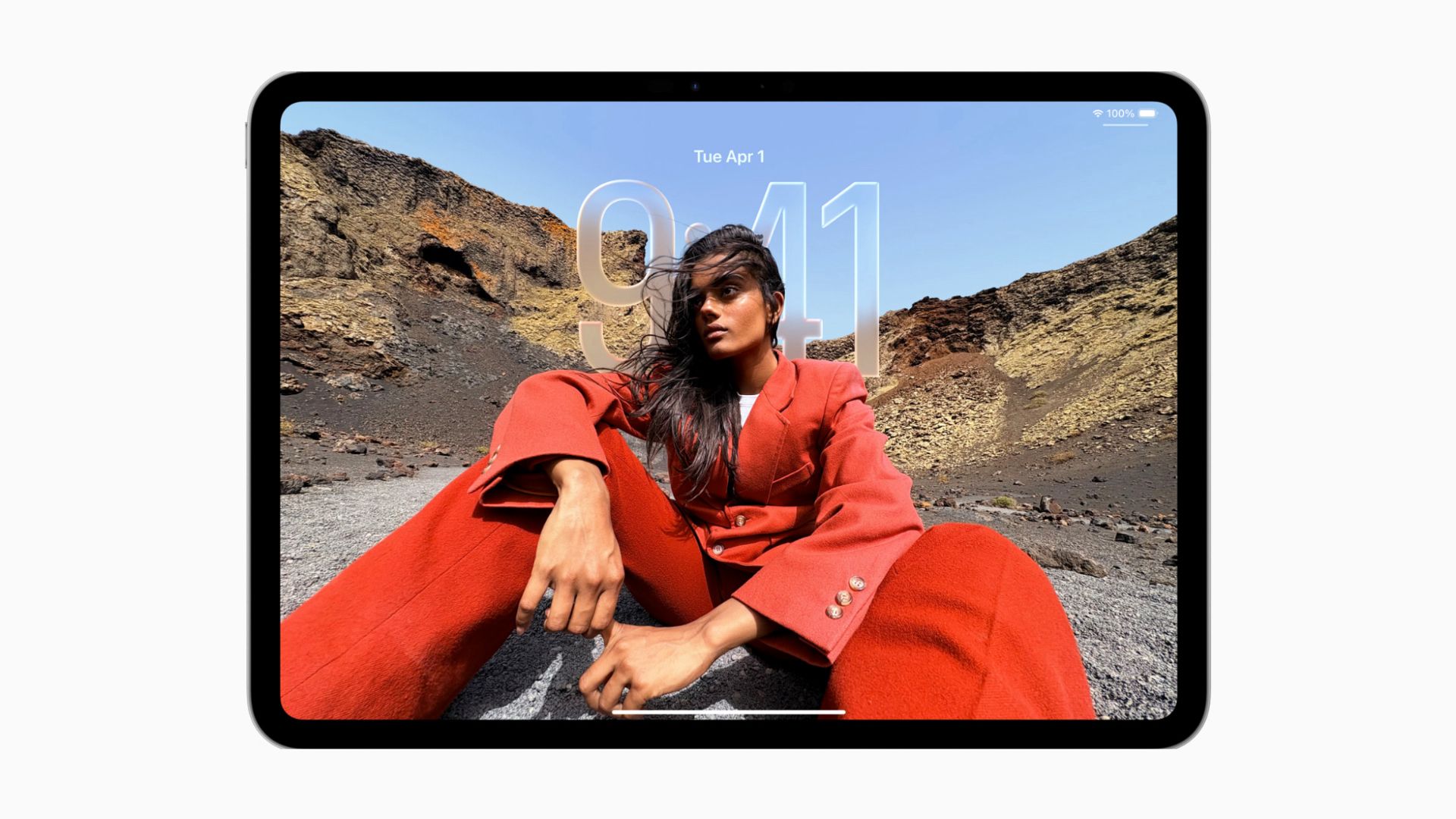
Related
iPadOS 26 Makes Your Tablet More Powerful Than Ever
iPadOS 26 gets a neat new windowing system, and more.
Multitasking Like macOS
One of my biggest irritations to date with both iOS and iPadOS is how background tasks are handled. While background activity does happen (your apps wouldn’t work properly otherwise), Apple’s OSes are pretty aggressive with memory and power management, which means if you swipe away from an app that was doing something like exporting a video or downloading files, it will stop. Not all of them would resume properly either the next time you open them!
Now, thanks to split screen and slider-over, you can have one app run a task while you can still do something else, but this is just a workaround. With iPadOS 26 there’s now a proper background process feature, so you can keep working in the foreground, while apps like video editors continue with heavy, time-consuming jobs like video exports.
This was another limitation keeping iPads from being proper computers, and it made sense with past hardware. However, now that iPads run exactly the same hardware as Apple Silicon Macs, there’s no reason to keep the serious number-crunching and multitasking away from them.
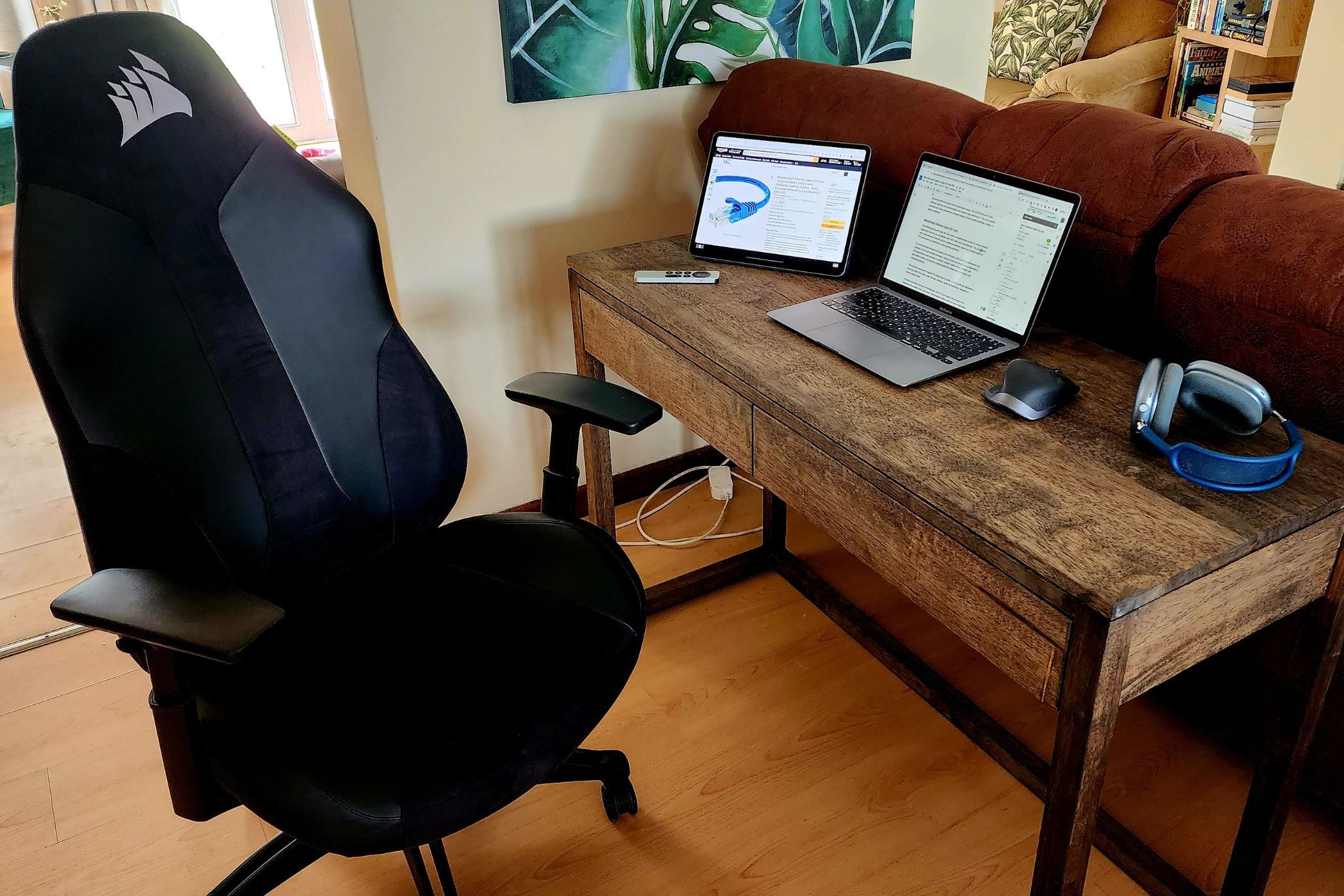
Related
It’s Still an iPad (and That’s a Good Thing)
While I never expected that Apple would simply give us the full macOS experience as an option on iPads, both for business and usability reasons, I am surprised at how far this update has pushed in that direction.
It remains to be seen in the final release how well the company has done offering this new flexibility without hurting the usability and simplicity that makes the iPad so good, but I hope we can dynamically access these more powerful interface elements as we need them, while still having the option to just let the iPad be an iPad!

